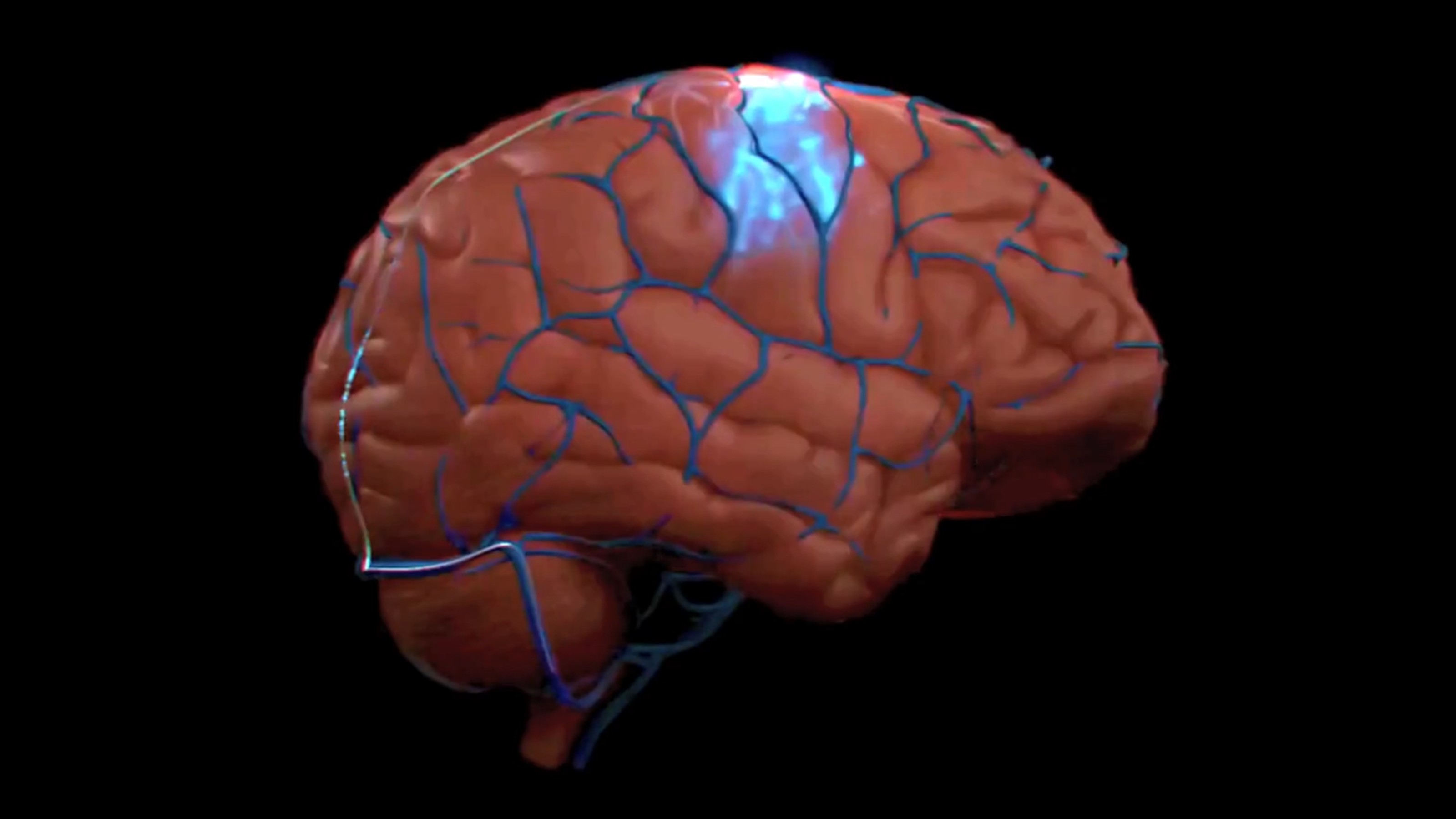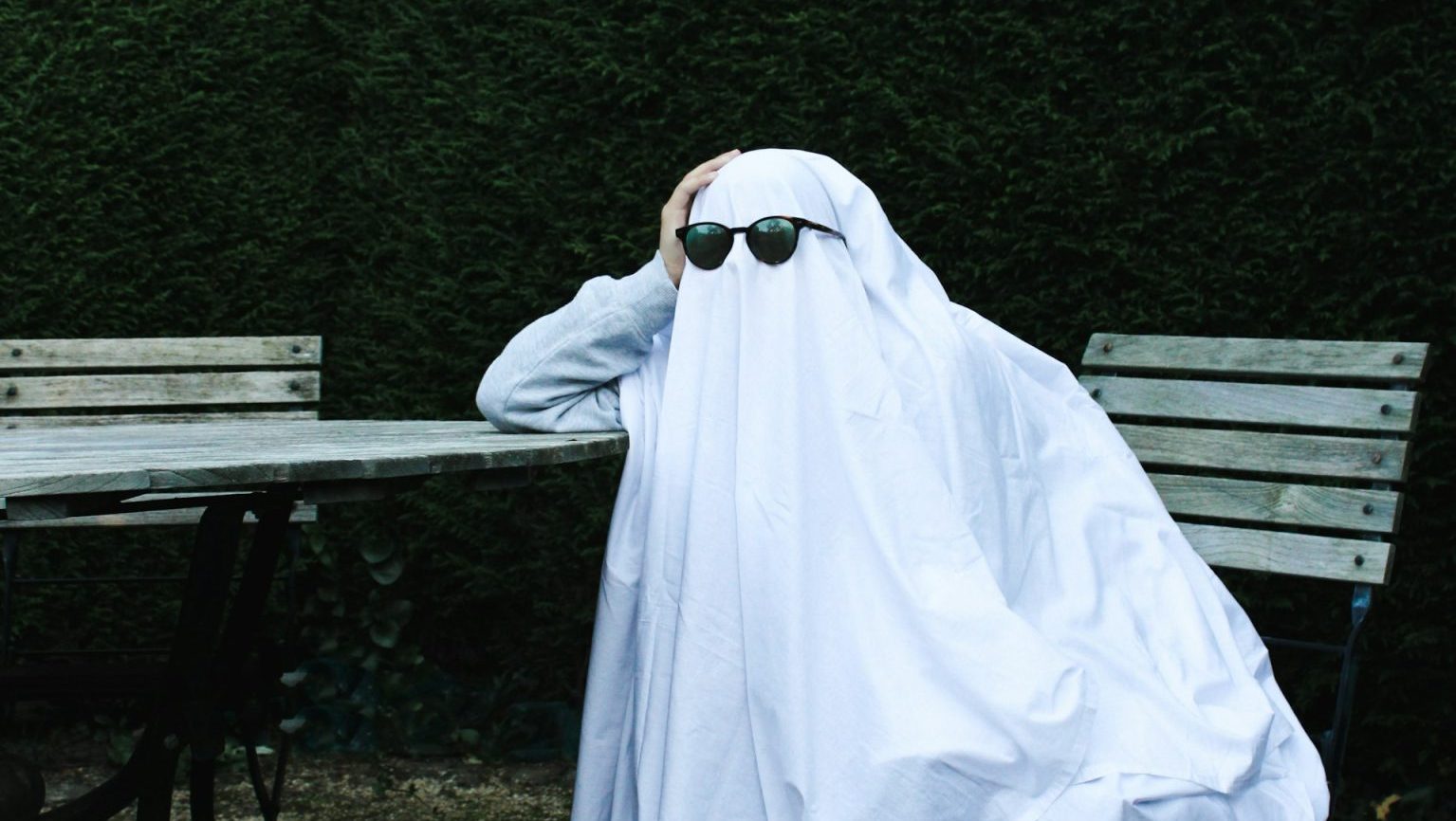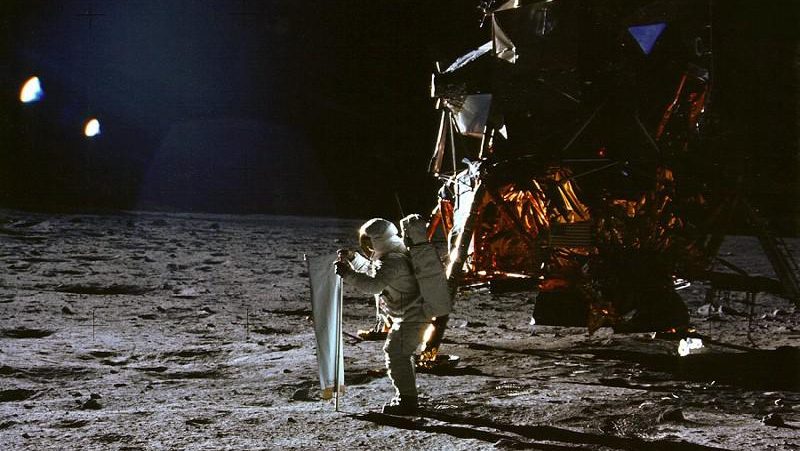The CEO of Kaiser Permanente thinks the ideal health care plan would be built around the patient. What we have now is a silent system, he says.
Question: What are the elements of a perfect system?
George Halvorson: A perfect system is patient-focused. It's not built around the caregivers, it's not built around opportunities, it's not built around revenue streams, it's built around the patients. The perfect system focuses on the patient. And the perfect system has all of the information about each patient so that knowledgeable caregivers working with the patient can figure out the optimal care pattern for that patient is. And if you're a healthy person and pre-diabetic, the right plan for you is to avoid diabetes. If you have diabetes and you've got co-morbidity, the right plan for you is a plan that links your caregivers and manages the complications. And everybody has different perfect outcome, everybody should have care plan. Everyone should have somebody working with them, a care team, a support team working with them to optimize their care. The perfect system can do that.
In an imperfect system, patients stumble into the Emergency Room, that’s unconnected to anything else they do, they get care for their asthma in one place and get care for their kidney failure in another place-- completed unrelated care. An imperfect system is built around the individual provider business sites and not around care. The perfect system has a data flow, has information going to the patients, has patients able to make informed choices. So, when you’ve got one hospital that has a death rate for heart disease of three or four times the next hospital over, patients should know that. There should be an informed set of choices for patients. There are huge differences in oncology outcomes. If you have stage 3 cancer, you’re likelihood of living six months is significantly different depending on the oncologist you chose. Nobody knows that. If you have a mammogram read, the accuracy of the mammogram varies significantly based on the reader. Some readers have twice as many mammograms getting to stage 3 and death as other readers. And nobody knows that. People don’t know that. So, people assume, “I had a mammogram and are protected.” The perfect system would keep track of mammogram success rates, cancer survival rates, bone surgery success rates. If you sort through the process – heart surgery success rates. And make that information part of the data flow that patients can use.
So, you need the right data, you need the right incentives, you need patient-focused care plans and you put all that together and combine that with the current medical science and there’s a great opportunity to do some really wonderful things for people.
What we have instead is a silent system. At Kaiser Permanente, because we are vertically integrated, can do a lot of this work now and we are doing it. The rest of the world isn’t vertically integrated, so it’s harder to do a lot of those pieces. But what the rest of the world can do is virtual integration. If you can’t be vertically integrated, you can still create integration links using the computer, care registries, data flows, and create care plans for patients and then provide feedback to that from other sources, like the claims processing system.
If you go to the doctor and you have a claim filed on our behalf by the doctor, there’s the diagnosis, there’s the treatment, there’s the cost of care, there’s the person who did it, the timeframes. Most of the information that’s in a medical record is in the claim. It’s not timely, the accuracy level is a little lower, it’s not real time, but it’s there. And so, if you’re having asthma attacks, multiple asthma attacks will show up on both of the electronic medical record and the claims database. And right now, the electronic medical record can use it to make an improvement of care. The claims database is wasted. That data is not being used and it could be used and should be used. So, part of the American Health Care Reform agenda should be to create access to that database and require everybody who pays for care in America to use that database and focus on issues like asthma care to make sure every asthmatic basically ends up with at least a computer tracking their care and some kind of a care plan that will improve asthma care.
Question: Should we pursue realignment where care providers and insurers combine?
George Halvorson: It makes huge sense to have as much alignment as you can possibly get between the revenue stream and the care delivery. We need to reward the best providers for being the best providers. Some processes are into very individual, like knee surgery, topically involve the knee surgeon and the patient and doesn’t involve quite a few other areas, although there are therapists involved in the recovery. Other conditions like diabetes take an entire team of caregivers. And so you need team coordination, team dataflow, team reward system. The very best payers ought to reward a partner with teams of caregivers for the chronic conditions and then create a marketplace that rewards the best performance by the individual performers. And if you did both of those things, you would have better knee surgery, and better diabetic care. And if the insurance company stands back from that whole process and isn’t part of it relative to the benefit package or dataflow, information flow, channeling patients to the best providers, I think that does the patients a disservice because the teamwork should be there and that partnership should be there.
So the ideal model going forward is a linked model. And also there are quite a few vertically integrated care systems in America that ought to be thinking about stepping up to the plate and taking prepayments, much like Kaiser. And I think as we go forward, depending on how healthcare reform shakes out, that could happen.
Question: What are the solutions that will be ideal for the long term and not just stop gap measures?
George Halvorson: I think there is an understanding on the part of President Obama and some of the key Senate leaders, and some of the key House leaders that the care delivery system is not organized optimally right now and that we ought to be working toward a better model. And I think there is an appreciation of team care, and I think there is an appreciation of data flows, datasets, data tracking, informed patient choice. I think all of that is in the air, but it’s not sufficiently in the bills. And so we’ve had discussions, conversations, hearings about those kinds of issues, and then when the bills finally got written, some of those pieces didn’t get incorporated. Even when Senator Backus did his hearing the other day, or his press conference, and he talked about how he would like to see healthcare organized in the future, one of the things he cited was us, Mayo, Cleveland Clinic, Geysinger, some of the other care systems, and said it would be good for America to reorganize and to move down those paths.
I think though that the way America can get there is not by trying to reorganize the system from that perspective. It’s by saying, we need to fix a couple of things in this country. We need to have half as many kids with asthma attacks. We need to figure out how to put all of the pieces in place to get there. And if we set a goal like that, diagnose every kid, make sure that every kid has a treatment plan, make sure there is a database, make sure you’re tracking what happens to every kid, when you put all of those pieces in place they lend themselves to a system because you can’t achieve those things unless you have tools, data, information, somebody accountable. And if we set a few goals for the country and then work backward from the goals to the plan and take that very seriously and have reward systems based on achieving those plans, I think what will happen then is there will be a natural gravitation of caregivers into more tightly organized and coordinated care teams. But that’s not going to happen until there is a reason to do it.
A caregiver is not going to reorganize just for the theory of it, or because somebody gave a nice speech and it sounded good, or because Mayo has a great brand, or we have a great brand. They’re going to do it because doing it makes it more likely that they will cut the number of heart failure attacks in half. And if they do that, and if they band together to do that and they are rewarded for doing that, that model will work. So, I think we’ve got to get there; goal first, rewards, tools, and then I think there will be an aggregation that will come out of it, but it will be an aggregation that results from the goal, not one that creates the outcome.
And if you look at any other business, if you look at any – if you go to a factory, there are no factories in the world that will build a tool and throw the tool randomly into the factory and hopes that somebody picks it up and uses it in some smart way. Every factory says, this is a product we want, we want to produce this hubcap, we want this hubcap to have a 99.9% degree of variability. To do that, what are the tools have to be. And then they work backward from the hubcap to the tool kit. Healthcare is the only thing that throws a new wrench in and says, “I hope somebody in there uses it and somehow in the end the hubcap is better.” It doesn’t work. So we have to start. We have to start with the hubcap, we have to start with the outcome, we have to cut the number of congestive heart failure patients, or the number of asthma attacks and then build the toolkit from that and then the benefit package, that Blue Cross pays has to reward those outcomes. Because if they ignore the outcomes, or do as we do now and actually reward perverse outcomes, care delivery will not change.
Topic: Easing the transition to another model
George Halvorson: Healthcare in this country responds very quickly to incentives. So, if you created a care environment where the care teams who cut the number of asthma attacks in half win; get more money, get more patients benefit. If you create a situation where the care teams that have half as many kidney failures win, everybody will gravitate to that model. Healthcare providers are very, very smart. You don’t get through medical school or hospital administration school without being very smart. So, everybody very carefully studies the compensation system and understands exactly what is rewarded and what’s not. And if you try to force people on just for the sake of putting them into teams and there is no reward involved and there is no positive outcome, people won't go to teams. But if you create a reward system that rewards the result of teams then people will figure 15 very creative ways to the form teams. And so it has to be in the results. You've got to build the architecture as every other market does a product that is sold.
Now think about cell phones. The cell phone market is based on the product that’s sold. You will not sell a cell phone today of the kind that we used three or four years ago in the market because that's not what people want to buy today. And so the cell phone market is constantly changing, constantly improving because they are rewarded by the change. They're not changing because they like to change—they’re changing because they trying to get to that next market share than because there is a win for them by coming up with a better phone, engineering a better phone. There is no win in healthcare right now coming up with a better outcome. There is none. There's actually a loss. And so you've got to change that; that has to change. Healthcare people are just as smart as cell phone engineers. So if you change that then the entire system will follow that and that's what the change has to happen. And it's got to be in rewarding a different set of outcomes and then people will organize differently and put toolkits in place to get to those outcomes.
Recorded on: September 21, 2009





